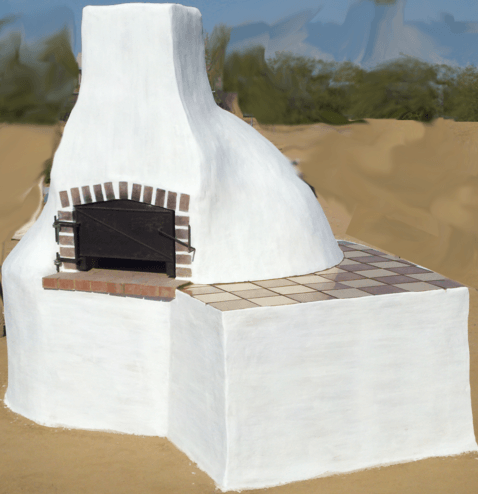Well so here it is the beginning of February and it is cold! Even here in Arizona it’s cold. As I sit and type this up it’s 31 degrees and with wind chill it registers 18 degrees. That’s down right cold in my book! Everything that I’ve read says don’t make cob or adobe if it can freeze before is dries. So I figured this would be a good opportunity to test that.
So what I did was to mix up some of the cob, make a few balls then I took the rest of the mix and added some straw and made a couple of hand pressed bricks. I set them out to dry when it was 35 degrees and dropping below freezing that night. I left them outside for two days before I checked them for the first time. The balls of cob had some unusual cracks and looked a little larger than when I first made them. I picked them up and with almost no force they just crumbled in my hands.
I was going to take a picture of them but, the first two fell apart so fast that I didn’t get a chance to. So I picked up cob ball number three and my leg started to cramp so I fell forward landing on the two adobe bricks with the cob ball in my hand. The bricks and the ball just crushed and flew apart. When I examined what was left the outer layer reminded me of of almost sandy foam. No compressive strength at all.
So just as a test I took a handful of the crushed and broken cob and added a little water. I worked the water in and formed another cob ball but, this time I took the ball inside to dry. I did hide it from my wife so she didn’t get mad at the mud in the house. In one day it had dried and hardened just like all of the cob I had been working with before.
The only perceivable difference during the drying was the below freezing temperatures. So after this little experiment I think I can say with some certainty that if’ it’s going to freeze, when it comes to cob and adobe just don’t do it. I will be waiting until winter is done with the freezing before continuing on the kitchen project.

